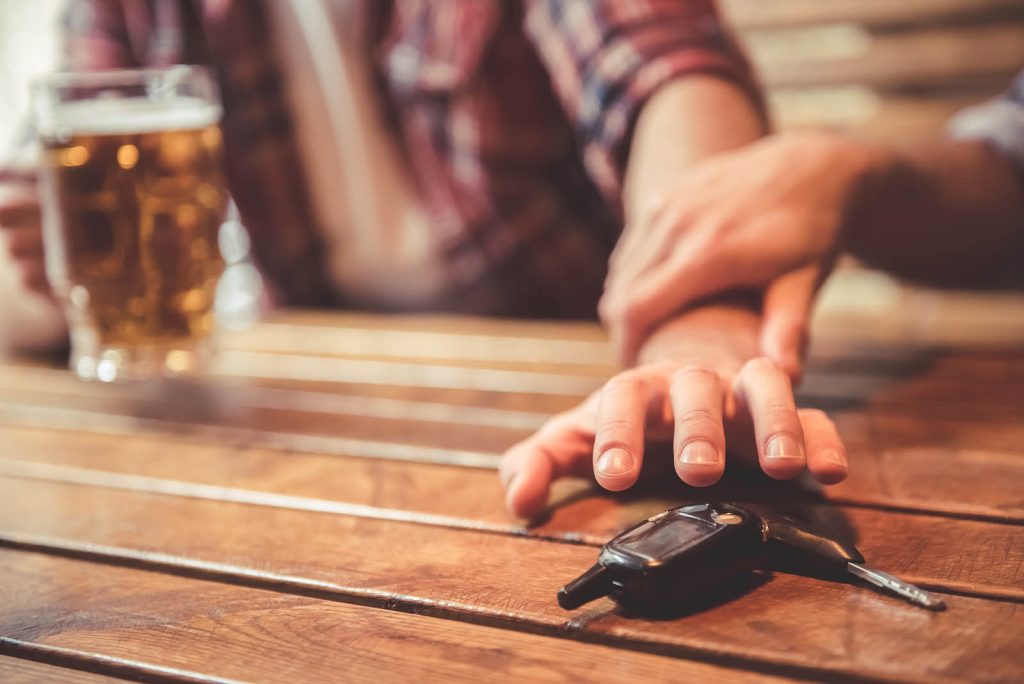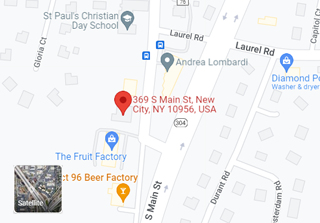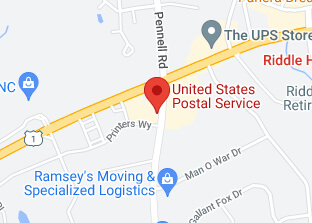There is little question that spinal cord injuries and head injuries top of the list of catastrophic medical issues that result from major motor vehicle collisions. Coma, diminished physical/mental capacity and permanent paralysis are all possible for those who suffer either of these two injuries, but other kinds of injuries can also have permanent consequences. People often tend to think of broken bones as relatively minor compared to these two severe injuries possible in a car crash. However, there are many different ways in which a person can break or fracture the bone, and some of them are far more severe than others. A compound fracture, for example, results in substantial trauma and blood loss because the bone rips through the skin after the fracture. As frightening as a compound fracture may sound, there is another form of fracture that can be even more difficult to treat and recover from. Spiral fractures occur in collisions that involve exceptional force or high velocity. They may require surgery, implants and physical therapy for a patient to recover.
What Is The Difference Between A Standard Fracture And A Spiral Fracture?
In a standard fracture scenario, lateral force or blunt force trauma to the body results in a break in the bone underneath. When a spiral fracture occurs, it is the result of a powerful twisting or rotating force at the time of the crash, possibly due either to the motion of the body or the vehicle itself. This twisting force causes worse fractures in many cases, sometimes with multiple small pieces of bone instead of just two. Unlike most other fractures, which tend to have a somewhat flat, horizontal edge, spiral fractures often have diagonal edges. The bone itself will have twisted, like a corkscrew or a spiral staircase, which is how the injury gets its name. Typically, spiral fractures affect longer, slender bones, including the femur, tibia, fibula, ulna, radius and humerus bones which comprise the arms and legs.
How Do Medical Professionals Qualify Spiral Fractures?
Medical professionals diagnosing an individual with a spiral fracture will look at multiple features of the break itself in their attempts to accurately describe and diagnose the injury. However, one of the most important classifications, beyond the location of the injury, will deal with the impact of the injury on potential treatment. In some cases, spiral fractures are so extreme that the bone breaks into multiple separate pieces, some of which may move and no longer sit in the proper location. In a stable spiral fracture, despite the torsional break, the parts of the bone remain properly aligned. However, a displaced spiral fracture requires substantially more effort to set and heal. These displaced spiral fractures typically require surgery and may also require the implantation of a metal rod, mesh or similar device to reinforce the broken bone during healing. The more severe the break and extensive the medical intervention it necessitates, the more expensive care becomes and the longer a victim will likely have to miss work during recovery.






